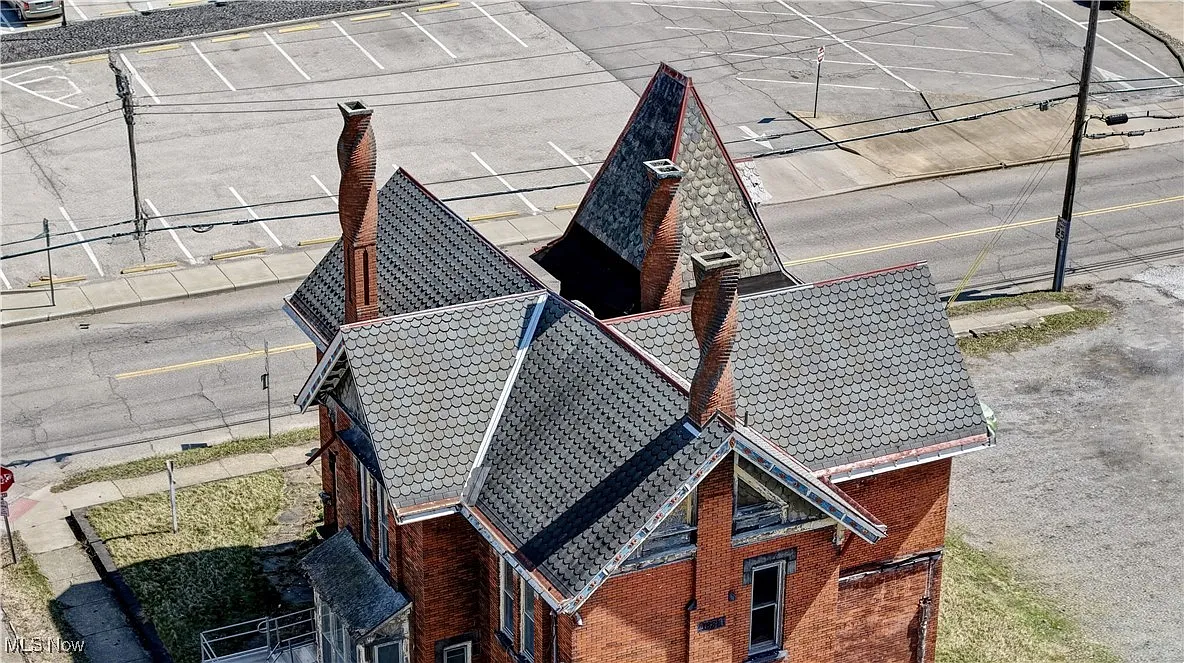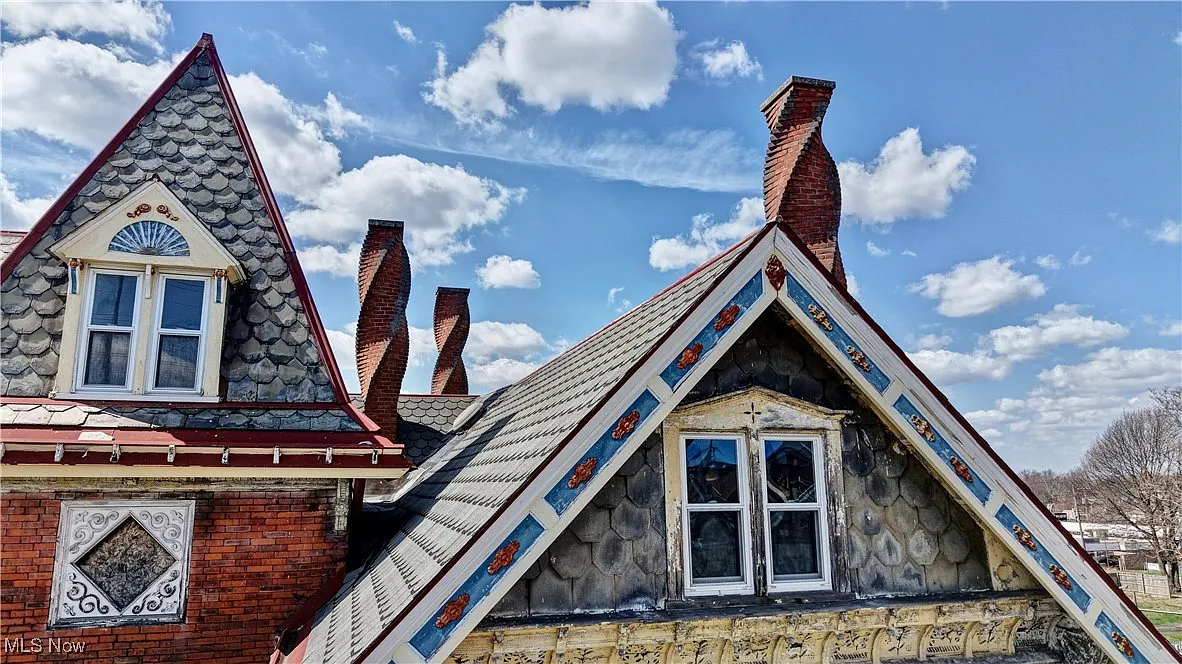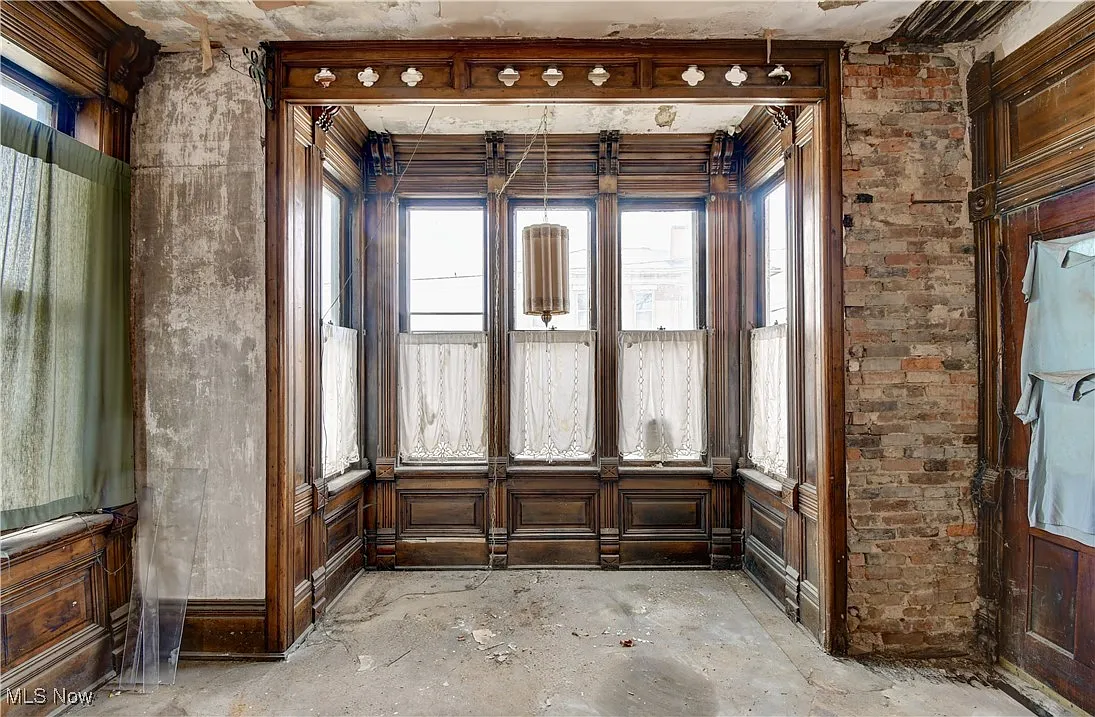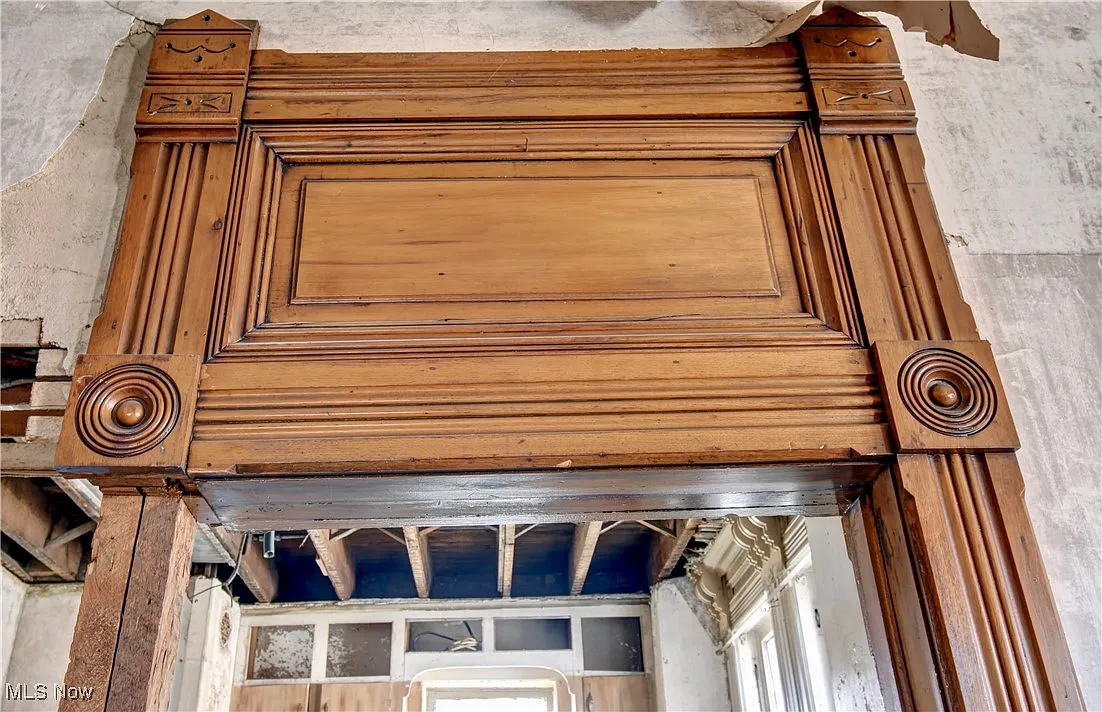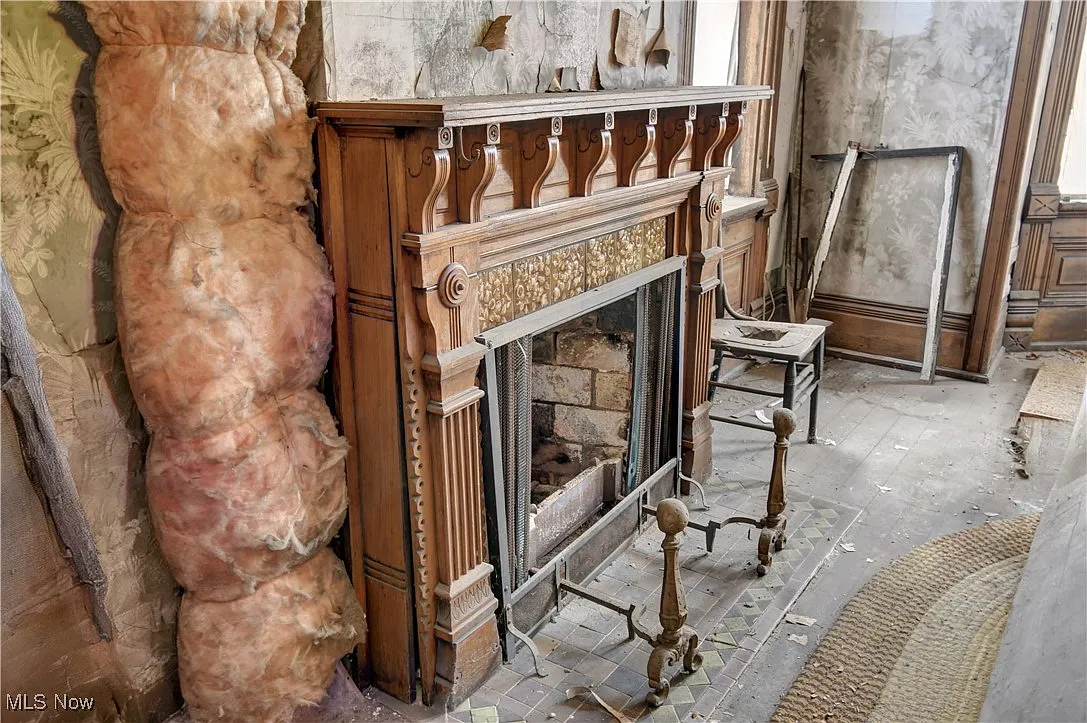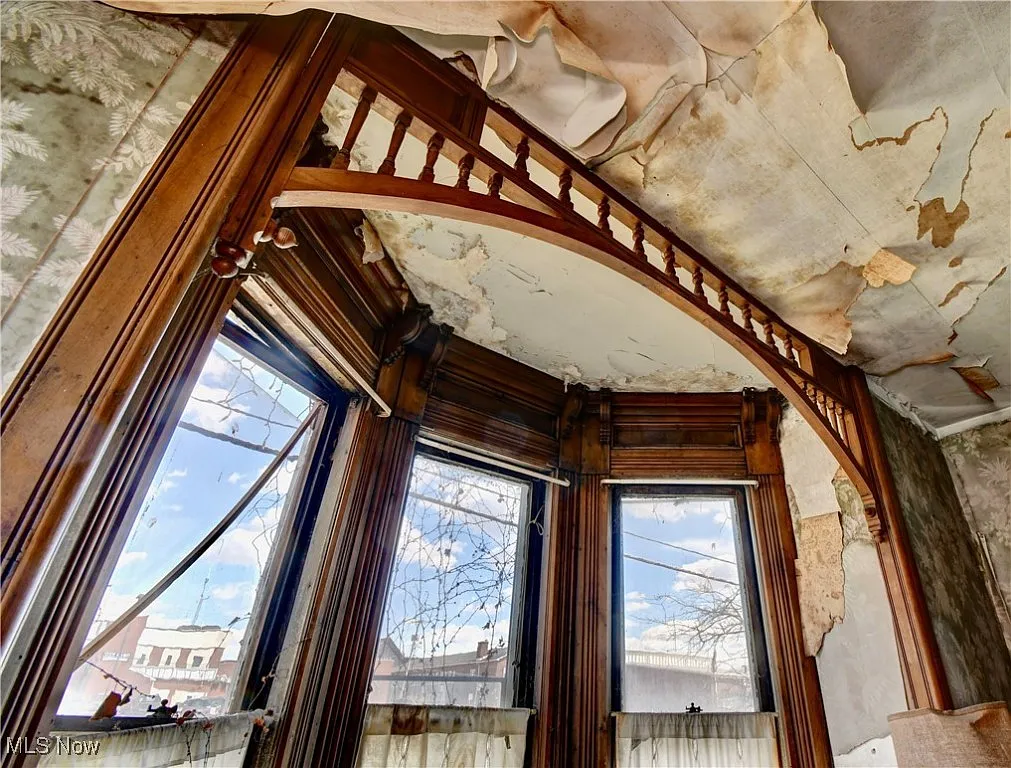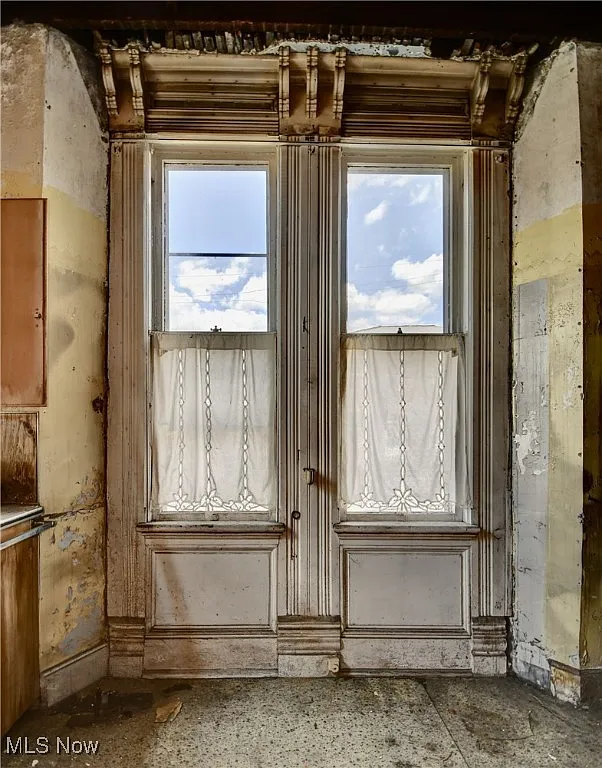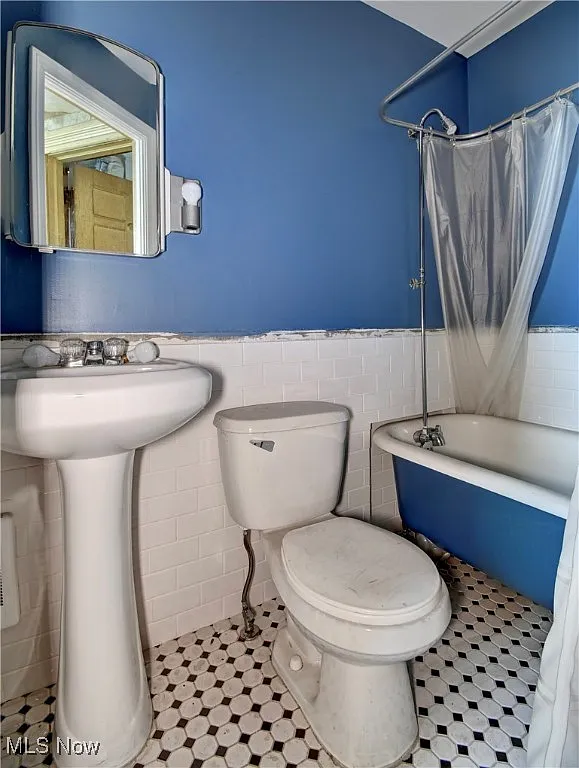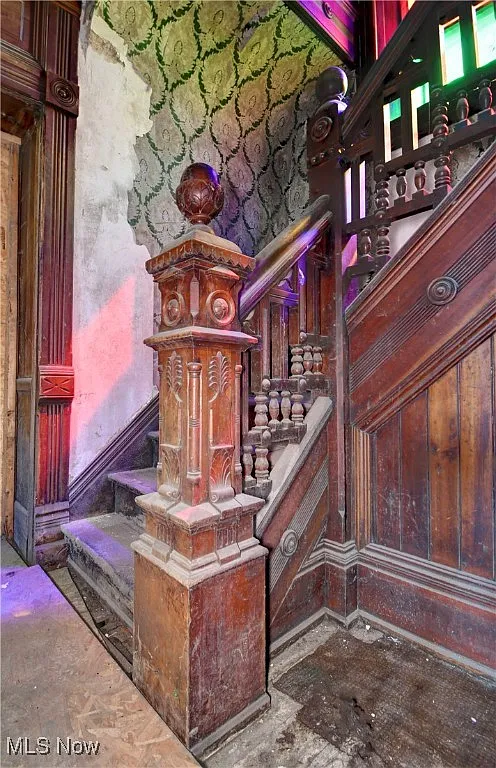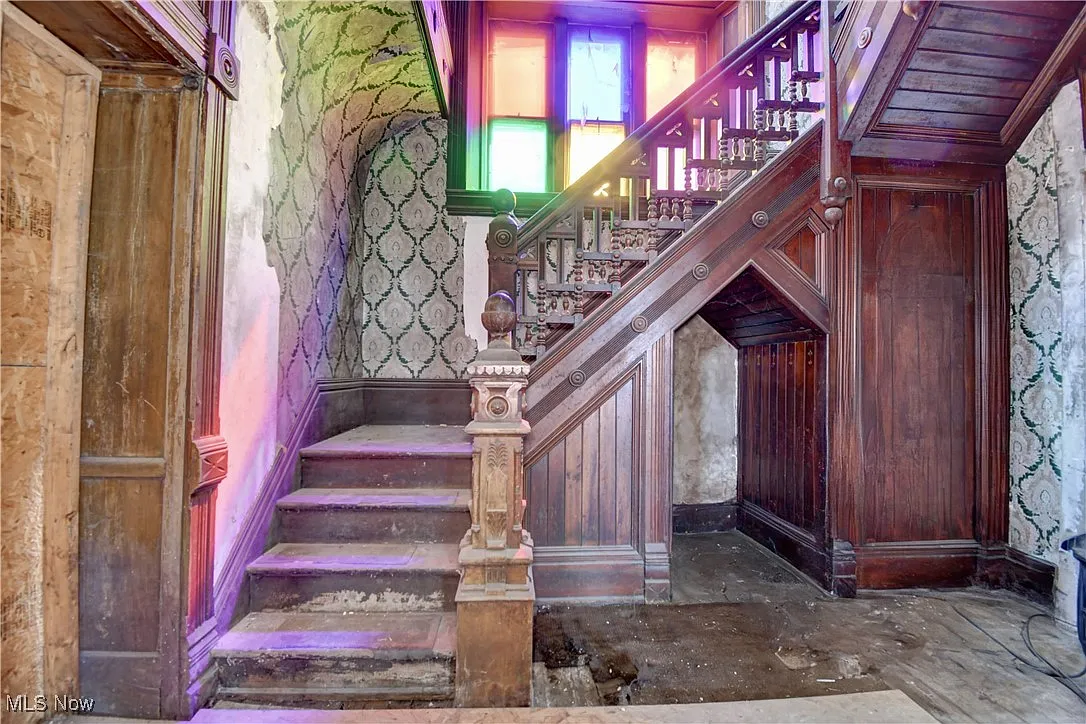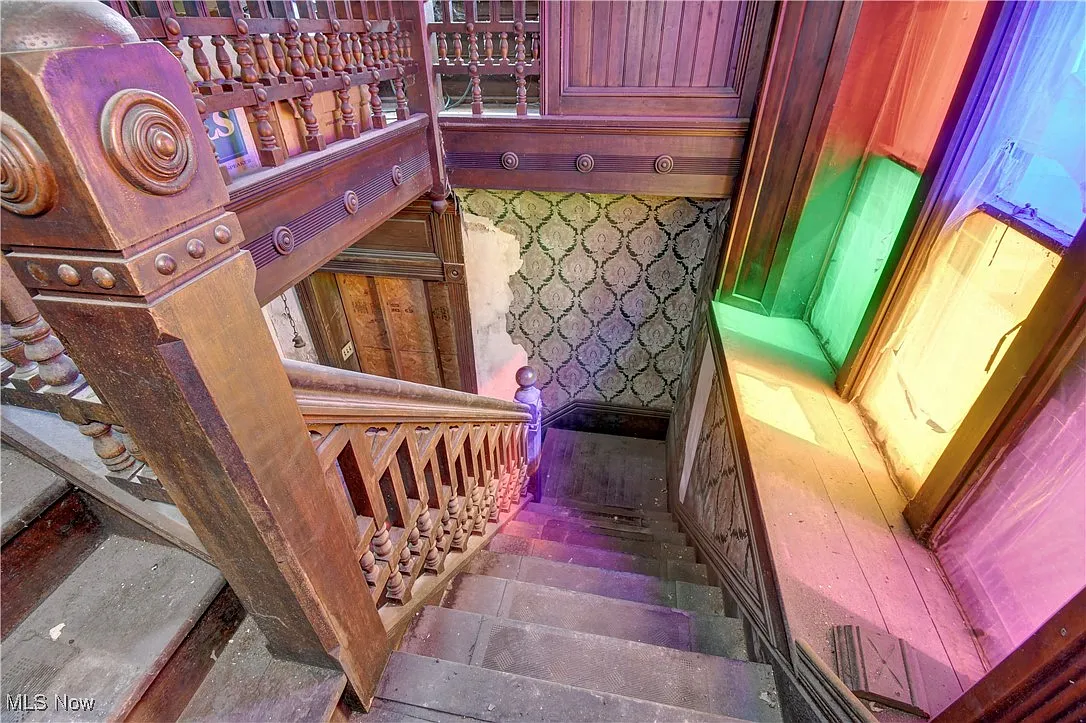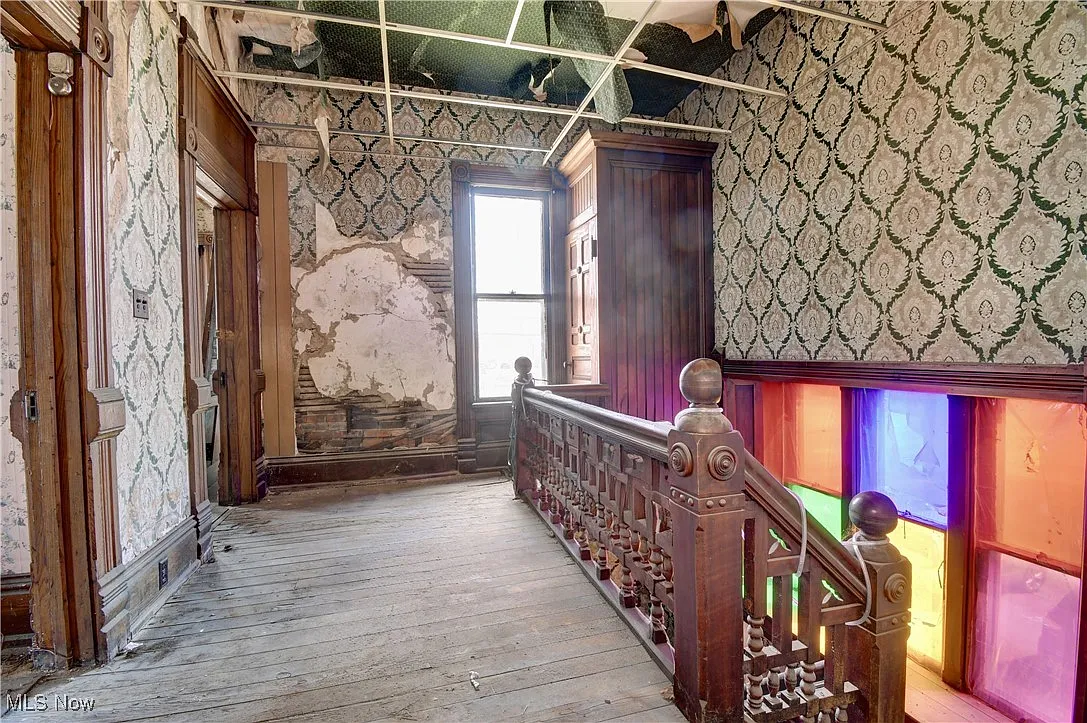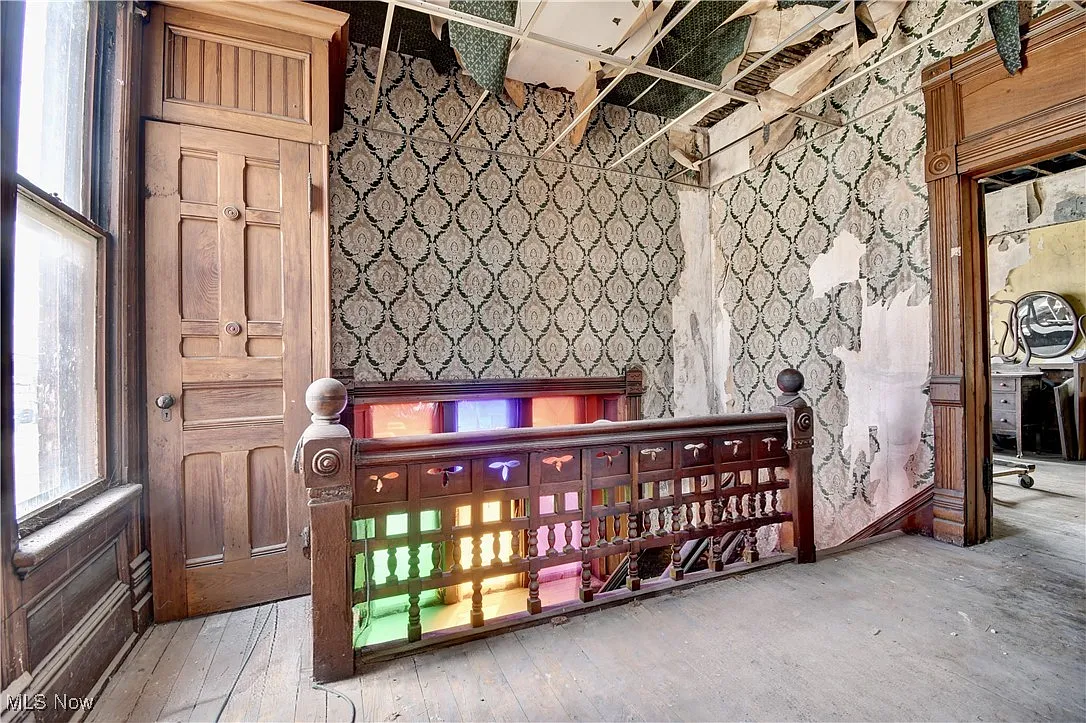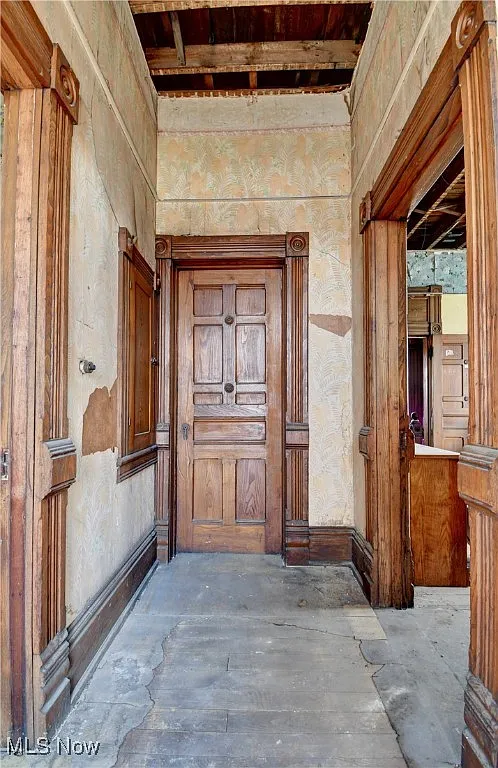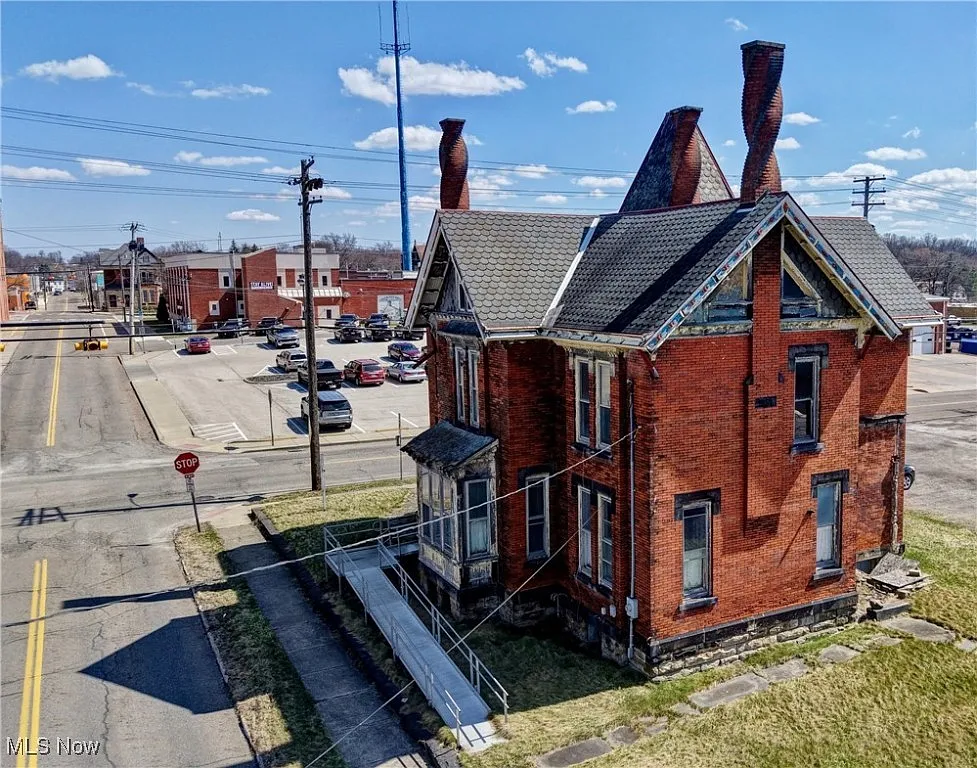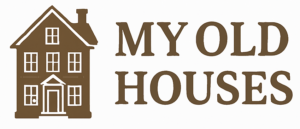Investment Analysis: 207 Sout Ellsworth Avenue, Salem, OH
Key Considerations for a Historic Restoration Opportunity
Location & Market Context
- Salem, OH Overview: Research local economic trends, population growth, and demand for historic properties. Salem’s downtown location may offer visibility but check zoning laws for residential/commercial use.
- Comparables (Comps): Identify sale prices of restored historic homes or commercial spaces nearby. For example, if renovated homes sell for 250K–250K–350K, this could signal upside.
- Commercial Viability: Assess demand for office spaces in the area. Local small businesses or boutique firms might value historic charm, but vacancy rates and rental prices are critical.
Financial Breakdown
- Purchase Price: $118,770.
- Renovation Costs:
- Estimate: Historic homes often require 100–100–200/sq ft for renovations. For 2,581 sq ft, this could range 258K–258K–516K. High-end finishes or structural repairs (e.g., spiral chimneys, roof, HVAC) may push costs higher.
- Contingency: Add 15–20% for unforeseen issues (e.g., asbestos, foundation).
- After-Repair Value (ARV): If comps suggest $300K+ post-renovation, assess profit margin against total investment (purchase + renovation).
- Funding: Explore renovation loans (e.g., FHA 203k) or hard money loans. Traditional mortgages may not cover major rehab needs.
Unique Value & Challenges
- Pros:
- Historic charm (spiral chimneys, woodwork) attracts niche buyers/tenants.
- Potential for tax incentives or grants for historic preservation.
- Flexibility as residential or commercial space (verify zoning).
- Cons:
- High restoration costs and potential delays (specialized labor, materials).
- Limited buyer pool if overly unique; market risks in a small town.
- Strict preservation guidelines may limit design choices.
Risk Mitigation
- Inspection: Hire experts in historic homes to evaluate structural integrity, plumbing, electrical, and hazardous materials.
- Contingency Planning: Secure backup funding for cost overruns.
- Exit Strategies:
- Flip: Target buyers seeking move-in-ready historic homes.
- Rent: Residential tenants or commercial leases (e.g., boutique office, Airbnb if allowed).
- Hold: Long-term appreciation if Salem’s market grows.
Action Step
Due Diligence:
- Tour the property with a contractor for a rough rehab estimate.
- Consult Salem’s historic preservation office on regulations.
Run Numbers:
- Compare ARV to total investment. Aim for a 20–30% profit margin (e.g., 300KARV−300KARV−118K purchase – 150Krehab=150Krehab=32K profit).
Network: Partner with local realtors specializing in historic properties to gauge demand.
Conclusion
This property offers a high-risk, high-reward opportunity. Success hinges on accurate cost projections, market demand, and efficient execution. If renovation costs align with ARV and local demand supports the vision, it could be a standout investment. Proceed with caution—historic restorations are labor of love, but financial discipline is key.
